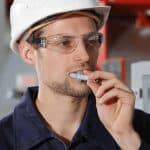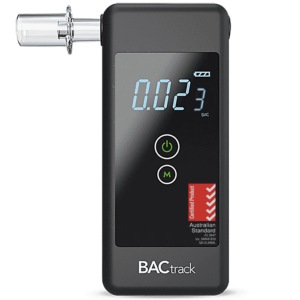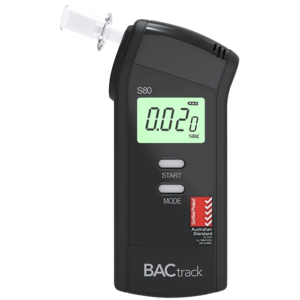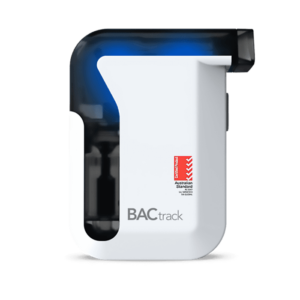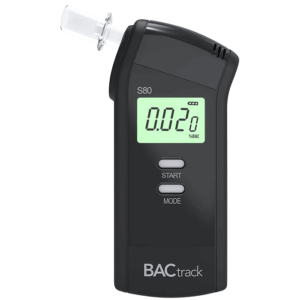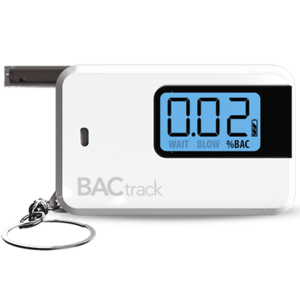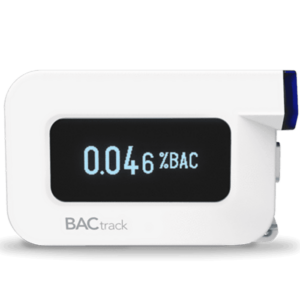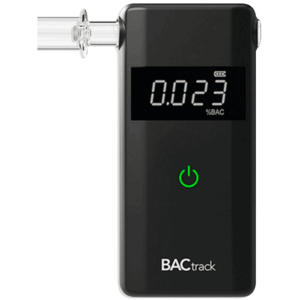Workplace Drug Testing: What to Expect
27 March, 2024
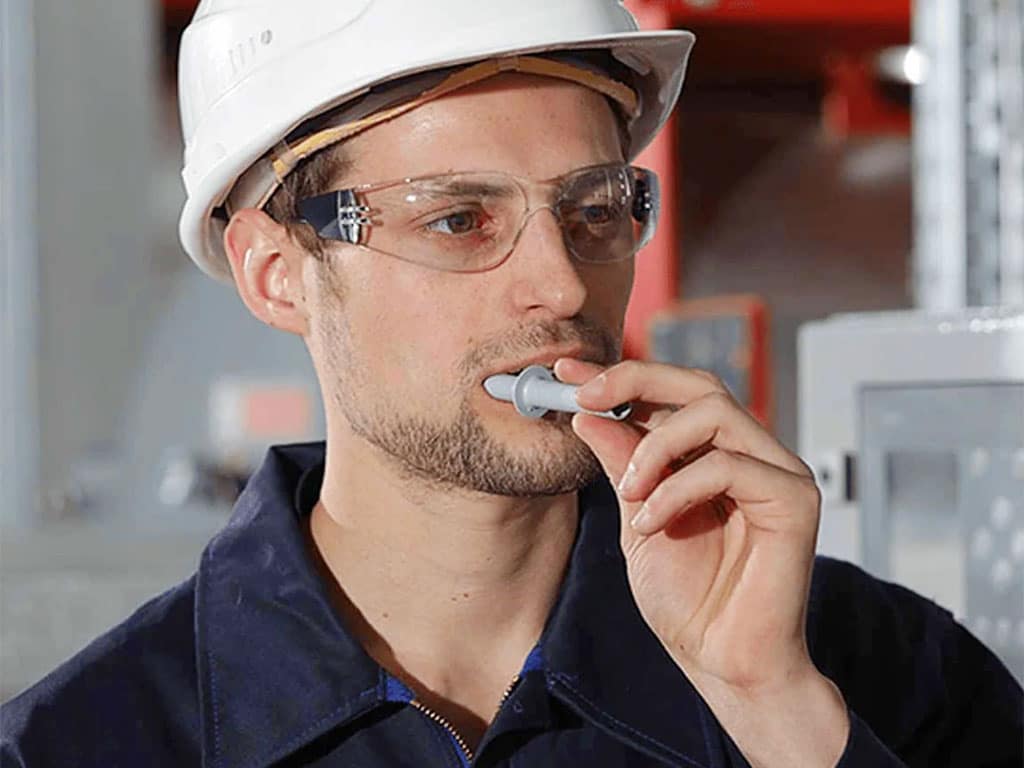
Many companies adopt workplace drug testing practices for a variety of reasons. This procedure aims to identify employees who may be under the influence of drugs and are posing safety risks. Workers, especially in high-risk industries, are expected to submit biological samples regularly for analysis. A positive result can have serious consequences, including disciplinary action or even termination. It utilises various methods, such as urine, saliva, blood, hair, and breath tests, to detect illegal drugs or alcohol impairment.
Drug abuse is a significant problem in society, affecting many families, communities, and workplaces. Aside from various health problems, it can endanger other lives and risk legal problems. Hence, organisations implement testing policies to maintain a drug and alcohol-free workplace. These policies outline standard procedures regarding the use of drugs and the potential implications. In this article, we will delve into the different aspects of workplace testing, legalities, procedures, and the different testing options.
Jump to a Section:
- What Is Workplace Drug Testing?
- Is Workplace Drug Testing Legal?
- Workplace Drug Testing Policy
- How Is Workplace Drug Testing Conducted?
- Random vs Targeted Workplace Drug Testing
- Workplace Drug Testing Method – Urine Tests
- Workplace Drug Testing Method – Oral Fluid Tests
- Workplace Drug Testing Method – Blood Tests
- Workplace Drug Testing Method – Hair Follicle Tests
- Workplace Drug Testing Method – Alcohol Breath Tests
What Is Workplace Drug Testing?
Workplace drug testing is a process of screening employees or job applicants for the presence of drugs or alcohol in their system. This practice helps employers ensure their workforce is safe, productive, and free from substance abuse. Additionally, it is a preventive measure to identify individuals who are under the influence while on the job, reducing potential risks and accidents.
The process involves collecting and analysing biological specimens, such as urine, saliva, blood, hair, or breath samples. These samples undergo analysis to detect any illegal drugs or alcohol metabolites. The results can indicate recent use and impairment, helping employers make informed decisions regarding workplace safety and employee performance.
Implementing drug testing is subject to legal considerations. Employers must first ensure they have a comprehensive workplace policy that complies with local laws and regulations. Moreover, the results of the test can have serious consequences for employees, including disciplinary action, termination, or even legal implications. It is essential for organisations to approach drug testing with transparency and fairness to protect both the company and its employees.
Why Are They Done?
- Drug testing helps ensure the safety of employees, customers, and the public.
- Detect employee impairment and reduce the risk and injuries on the job, where a momentary lapse in judgment can have catastrophic consequences.
- A sober and healthy workforce leads to better productivity and efficiency.
- Deter employees from abusing drugs.
- Comply with federal regulations and industry standards.
- Avoid drug-related legal liabilities.
- Support employees in getting help for substance abuse issues.
- Reduce healthcare costs.
- Maintain professionalism and good relationships among colleagues.
- Decrease absenteeism, downtime, and turnover rates.
- Promote responsibility and accountability by educating employees to be aware and knowledgeable about the hazards of substance abuse.

Is Workplace Drug Testing Legal?
Workplace drug testing is legal in many countries, including New Zealand. However, employers must adhere to certain guidelines and laws. Firstly, safety-critical industries, like mining, construction, and transportation, have mandatory drug testing requirements. This is a preventive measure to ensure employees are not impaired while performing safety-sensitive tasks. It also allows them to comply with the Health and Safety at Work Act to provide a safe work environment to employees.
Secondly, organisations must develop a clear drug and alcohol policy before conducting any test. This includes ensuring employee privacy and getting consent. Employers who do not follow proper testing procedures can be liable. Therefore, companies must ensure that their policies are clear, consistent, and fair to all employees.
Furthermore, there are specific regulations that govern drug testing in certain industries. Organisations must adhere to the additional guidelines set forth by federal agencies. Lastly, they must have standard procedures in dealing with positive test results and make sure they do not violate any basic rights. In summary, drug testing at work is legal but must be in accordance with applicable laws.
Can You Refuse to Get Tested?
In many cases, employees cannot refuse a test, especially if the company has testing policies or if they have an employment agreement. Non-compliance can be grounds for termination or disciplinary action. Similarly, refusal may equal willful disobedience, which can have corresponding consequences.
In some circumstances, workers may refuse a drug test if it is being conducted in a discriminatory manner or violates privacy rights. Additionally, an employee may decline a test if they have a valid medical reason, such as being on medication that could result in a false positive. Discussing any concerns with HR is advisable before declining to undergo testing.

Workplace Drug Testing Policy
Creating a workplace drug testing policy is crucial to ensure that all employees know the expectations and procedures regarding drug and alcohol use. The policies must clearly outline the reasons for drug testing and the consequences of positive results. There must be clear reasons or situations for conducting the test, such as for pre-employment, post-accident, and reasonable suspicion cases. In addition, employees should know they may undergo random testing.
The policy should detail the testing procedure, including the test methods, employee consent, and privacy rights. The disciplinary process must be clear for those who have a failed drug test result. It often includes suspension, demotion, grounds for transfer or termination in extreme cases.
Moreover, it is important to provide support and resources for employees who may have substance use disorders. An Employee Assistance Program (EAP) allows individuals to undergo treatment or counselling without losing their jobs. Finally, it is essential for employers to communicate the policy to all employees and ensure their full understanding.
Employer and Employee Engagement
Discussion between employers and employees is crucial in ensuring the success of workplace testing policies. Management should clearly explain the reasons and importance of implementing drug and alcohol testing. This transparency will help build trust and cooperation in the workforce towards building a drug-free environment.
Before implementing the policy, employers may gather input from employees through surveys or focus groups to understand their concerns and recommendations. This engagement can lead to more effective and fair regulations that address the needs of both the employer and employees. Both parties should carefully review the policies and agreements to understand their rights and responsibilities.

How Is Workplace Drug Testing Conducted?
There are various ways to conduct workplace drug testing. Firstly, companies must choose the right testing provider. This ensures accuracy and reliability in the testing process and results. Secondly, they may choose the type of test, such as rapid screening or laboratory testing. It also includes the type of specimen and substances for analysis, depending on the situation.
Thirdly, employers may choose between in-clinic or on-site testing. Many companies employ mobile drug tests, especially for high-volume screening. This is to save time and effort from going to a facility, minimising downtime or work disruptions. Employees who are cleared can readily go back to work.
The actual test procedure involves sample collection, analysis, and interpretation of results. Employees provide samples and wait for the results. The collector or test administrator then analyses the sample on-site or sends it to a laboratory. If the initial test is non-negative, they often require confirmatory testing using a split sample or getting a new one. The last step is preparing the report and informing the client of the outcome.
Commonly Detected Substances
- Marijuana (THC): Marijuana or cannabis is one of the most abused substances worldwide. It has several impairing effects, including cognitive functions and motor skills.
- Cocaine: A powerful stimulant that is often used as a recreational drug for its euphoric effects.
- Opioids: A class of painkiller drugs. Heroin is illegal, while morphine, codeine, oxycodone, and fentanyl require a prescription. They are highly addictive and can have detrimental effects.
- Amphetamines: These include ecstasy (MDMA) and methamphetamines, known for their euphoric effects.
- Benzodiazepines: Medication for treating insomnia and seizures but with high potential for abuse.
- Alcohol: High alcohol levels produce severe impairment in judgment and coordination.

Random vs Targeted Workplace Drug Testing
Some of the common workplace drug testing types are random and targeted testing. Employers may facilitate these tests depending on their goals and policies. Random drug testing involves conducting the test without prior notice or announcement. This approach helps detect drugs or alcohol in employees while working. It also aims to deter substance use by creating a sense of uncertainty about when the test will be carried out.
On the other hand, targeted drug testing is a test on an individual or group of employees with suspicion of drug use. A supervisor or manager may request a drug test based on observable signs of impairment, performance issues, or other factors. The symptoms may include erratic behaviour, bloodshot eyes, slurred speech, and unsteady gait.
Both random and targeted drug testing are proactive measures to minimise the risk of accidents or injuries due to impairment. However, employers should follow the steps properly to avoid legal issues. For example, managers should document observations for a reasonable suspicion or have witnesses before requesting a drug test.
Other Testing Types
Pre-employment drug testing is one of the common programs in a workplace policy. This test is a requirement before hiring a candidate in a safety-sensitive position. It helps to determine if a person has substance abuse issues and may compromise workplace safety. Another test is blanket testing. This test is often scheduled for all employees.
A post-incident test is a critical measure after an accident or near-miss. It aims to identify if drugs or alcohol played a role in the incident. It is crucial to conduct the test within a specified time frame. Furthermore, return-to-duty testing is required for employees who have tested positive before.
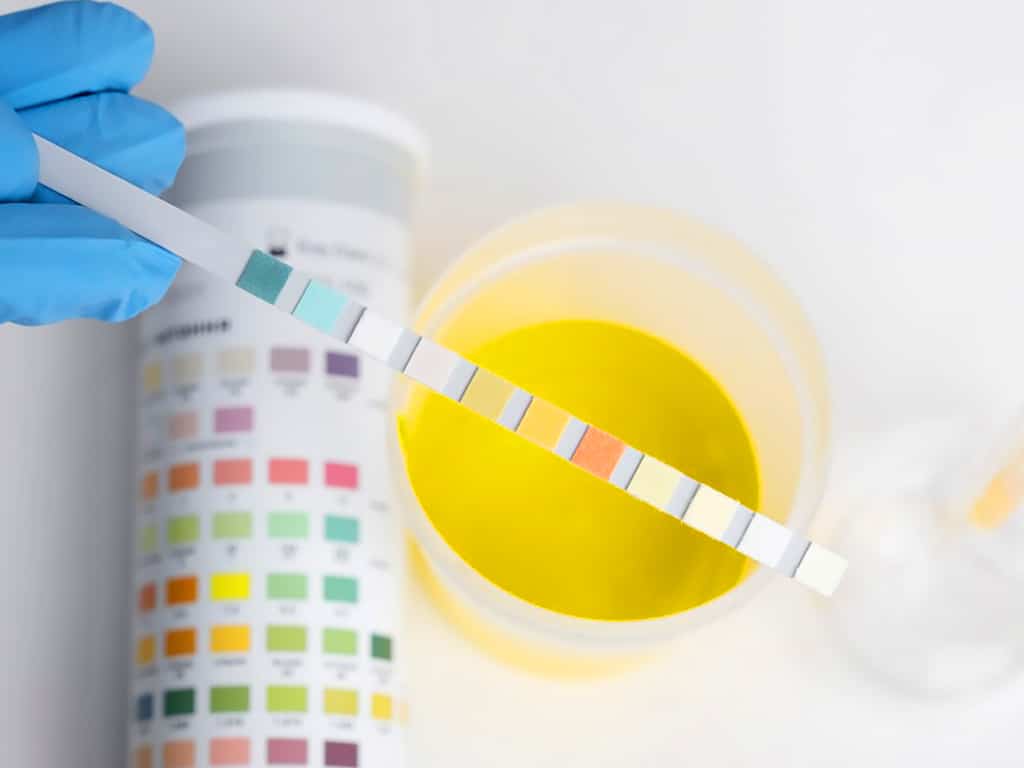
Workplace Drug Testing Method – Urine Tests
Urine tests are one of the most common workplace drug testing methods. It involves the collection of urine samples and analysing them for the presence of drug metabolites. This type of testing is preferred by many employers because it is non-invasive, cost-effective, and provides quick results. The test can detect a wide range of substances, making it a comprehensive test option.
Workplaces may use instant urine test kits for the rapid detection of drugs. This apparatus can analyse the sample and indicate the presence or absence of substances after a few minutes. Additionally, laboratory testing is another option for more accurate and detailed results. It can confirm the presence of drugs and provide quantitative results, which is necessary in certain situations.
One of the advantages of urine test is its ability to detect drug use over a longer period compared to other testing methods. It has a detection window of 24-72 hours, depending on the amount of intake and type of substance. However, there are considerations for this method, such as the potential for sample adulteration or substitution.
How Do Urine Tests Work?
When a person consumes drugs, the body metabolises them into various byproducts or compounds called metabolites. These metabolites are then excreted from the body through urine. During a urine test, a person provides an adequate sample in a sterile cup or container. The sample then undergoes analysis using different techniques.
A common method of analysis is immunoassay technology. This test uses antibodies that specifically bind to drug metabolites in the urine sample. This creates a reaction that produces visible signs, indicating the presence of drugs. Another method is the Gas Chromatography-Mass Spectrometry (GC-MS). It uses advanced technology to separate drug compounds and measure them accurately.
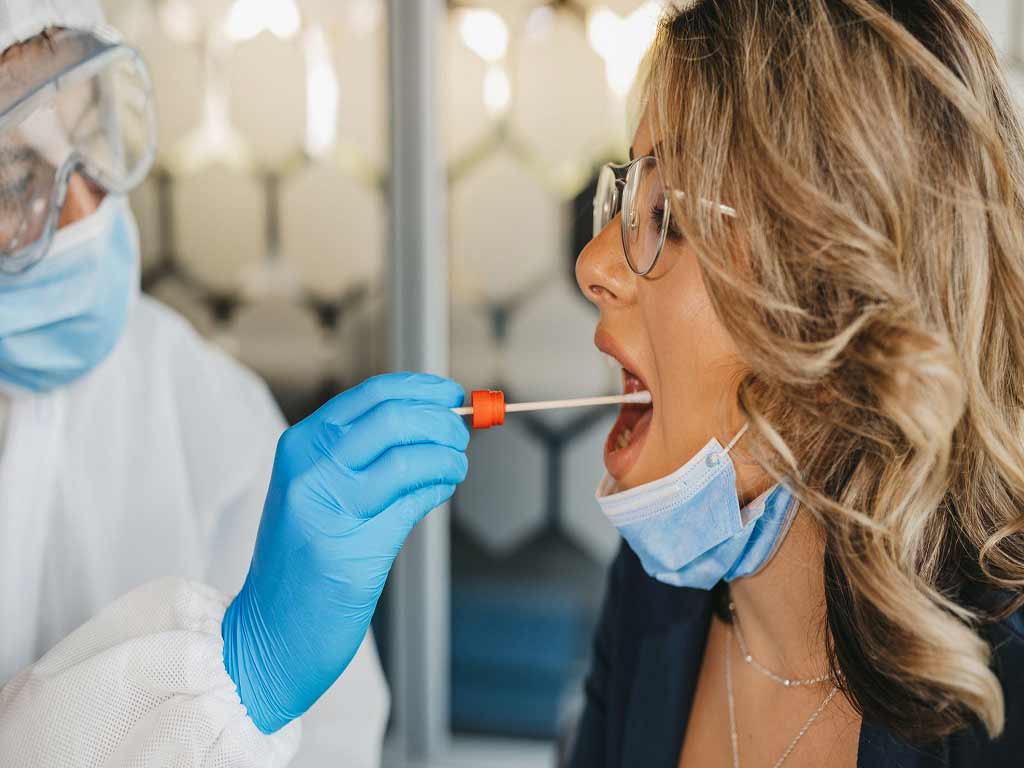
Workplace Drug Testing Method – Oral Fluid Tests
The oral fluid test is another common method of workplace drug testing. It involves collecting a sample of saliva by swabbing the inside of the mouth. Saliva testing is a popular alternative to urine tests due to its simple collection method and non-invasive nature. It can also provide rapid results within minutes.
Saliva testing can detect the commonly abused substances. However, its detection range may not be as comprehensive as urine. Moreover, it has a detection window of 12-48 hours. This time span is suitable for situations that need to identify recent use or current impairment, such as post-accident or reasonable suspicion cases.
One advantage of oral fluid testing is it has less potential for adulteration. The sample collection procedure is done under the direct supervision of the collector, reducing the risk of tampering. Additionally, it does not require special facilities, making them a more comfortable option for employees. It is important to ensure there is no food or drink in the mouth that can affect the results.
How Do Oral Fluid Tests Work?
- After drug ingestion, the substances are absorbed into the bloodstream and eventually enter the saliva.
- During the test, a collector uses a swab to obtain a sample. Then, they place it in a buffer solution to inhibit bacterial growth.
- The sample undergoes analysis using methods like immunoassay technology.
- If a drug is present, the antibodies in the test kit will bind to the metabolites in the saliva, producing a visible reaction, such as the presence or absence of lines.
- For confirmation testing, the lab may use GC-MS or Liquid Chromatography-Mass Spectrometry (LC-MS) to extract the analytes from the saliva sample.

Workplace Drug Testing Method – Blood Tests
Another method of workplace drug testing is the blood test. It is the most accurate method as it can provide a more detailed analysis of drug levels in the body. However, it is less common than urine or saliva tests because of the invasive nature of sample collection. Nevertheless, it is useful for confirmation testing or situations where precise measurements are required.
Blood testing has a typical detection period of 6-12 hours. This time frame may vary with the type of substance and frequency of use. Certain drugs like amphetamines can be detectable in the blood for up to 48 hours. The short detection window makes it a reliable method for identifying recent drug use, such as after an accident. Furthermore, it is difficult to cheat or manipulate.
It is important to consider certain drawbacks when it comes to blood testing. Aside from being invasive, it requires a professional to conduct the test. Only a trained collector can obtain a blood sample to minimise the risk of infection, contamination, or bruising. In addition, it is more expensive and time-consuming, which may be a concern for some employers.
How Do Blood Tests Work?
Drug substances enter the bloodstream after the liver breaks them down. They rapidly circulate throughout the body and into various organs. During the test, a healthcare professional will draw a blood sample using a needle and syringe. The sample is then transported to a laboratory for analysis.
A common technique is GC-MS or LC-MS testing. The blood sample undergoes various processes to extract and identify any drug compound present. The specimen is mixed with a solvent and passed through a chromatographic column. As the sample flows through the column, different compounds separate based on their chemical properties and interact with detectors.
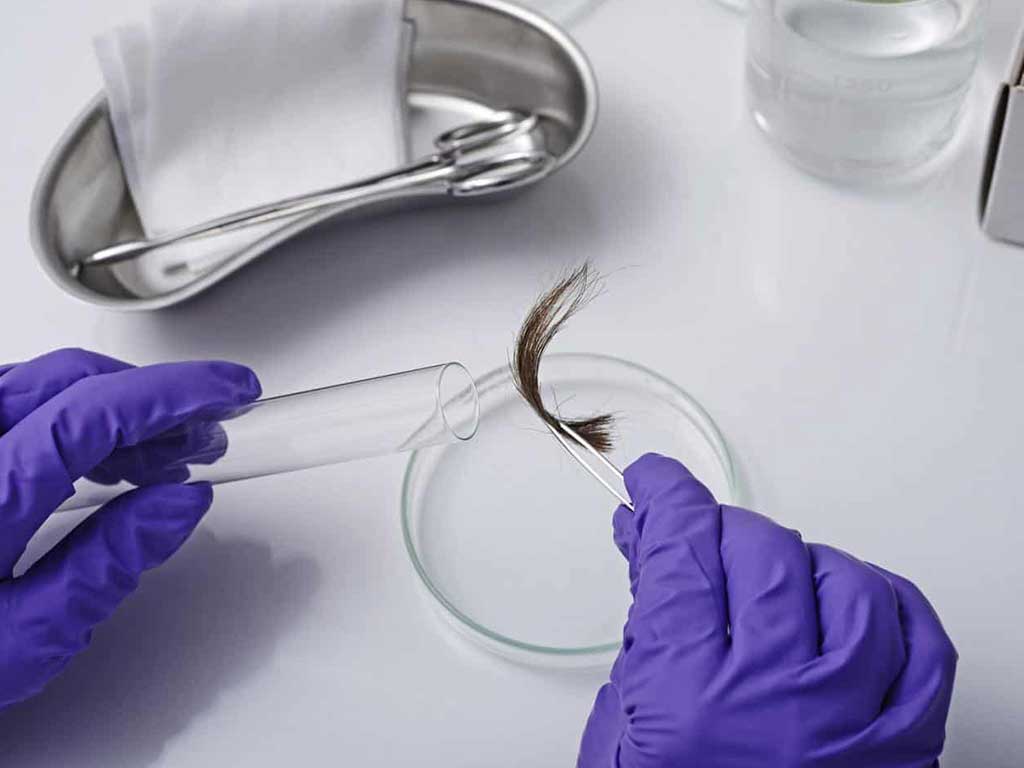
Workplace Drug Testing Method – Hair Follicle Tests
Some workplace drug testing may use a hair follicle to determine drug use. A hair test is one of the most accurate and reliable methods for detecting drug or alcohol consumption over an extended period. This type can trace substances up to 90 days prior to the test date, making it a valuable tool for identifying long-term substance abuse or consumption history.
The process involves cutting a small sample of hair close to the scalp, typically from the back of the head. The collector then sends the sample to a lab for analysis. An advantage of this test is the stability of the specimen. It does not easily degrade or get contaminated with external elements, unlike urine or saliva samples.
However, it cannot detect recent drug use, as it takes time for drugs to show up in the hair follicle. Moreover, hair tests are more expensive and may take longer to produce results. This method is suitable in pre-employment or random testing to determine if individuals abuse substances. This is because abstinence for a few days cannot mask or manipulate the results.
How Do Hair Follicle Tests Work?
The test works by detecting drug or alcohol metabolites that are deposited in the hair follicle. When someone uses drugs, the metabolites enter the hair shaft through the blood vessels. During the analysis, the lab will wash the hair to remove any external contaminants and then break down the hair into its individual components.
Hair follicle drug tests use a two-step procedure, using ELISA (Enzyme-Linked Immunosorbent Assay) and GC-MS technologies. GC-MS is a sensitive technique that can detect low levels of drugs in the hair. It is vital to note that while a hair test may detect drugs, it does not necessarily mean impairment.

Workplace Drug Testing Method – Alcohol Breath Tests
Many workplaces also test for ethanol. Workplace drug testing uses breath tests to detect the presence of alcohol. This method involves blowing into a handheld breathalyser device, which measures the amount of alcohol present in their breath. The device displays the Blood Alcohol Concentration (BAC), which indicates the level of intoxication or impairment.
Alcohol breath test is a popular method because it is non-invasive, quick, and relatively inexpensive. Employers can administer this test on-site without the need for specialised training or equipment. Additionally, breathalysers provide immediate results, allowing for quick decision-making. Among other screening methods, a breath test has the advantage of showing quantitative or measurable results.
Breath testing comes with certain considerations, such as the maintenance of equipment or the presence of contaminants. Breathalysers require periodic recalibration to ensure the accuracy of the sensors. This may range between 6-12 months, depending on the frequency of testing. Individuals must avoid using mouthwash or breath spray before the test to avoid false-positive results. Individuals should also avoid eating, drinking, or smoking at least 15 minutes before the test.
How Do Alcohol Breath Tests Work?
- After consumption, alcohol compounds enter the lungs through the bloodstream.
- Alcohol vapourises in the lungs and mixes with alveolar air. The amount of alcohol in the breath is proportionate to the alcohol concentrations in the blood.
- When a person exhales, the alcohol in their lungs transfers to their breath.
- The breathalyser device captures the exhaled breath and analyses it through its sensors.
- The sensors undergo an electrochemical reaction process to measure the amount of alcohol present in the breath accurately.
- The device then converts this measurement into a BAC reading, which indicates the level of intoxication.
Conclusion
Substance abuse poses several risks at work and can affect innocent employees. Thus, workplace drug testing is a crucial aspect of ensuring a safe and healthy environment. Companies or businesses implement drug and alcohol testing through a policy to detect the use or proliferation of illicit drugs in the workplace. It serves as a deterrent for employees from engaging in substance abuse. Individuals with positive results may face suspension or even termination.
Employers must carefully consider the type of testing method that best suits their specific needs. Urine, oral fluid, and breath testing are commonly used due to their cost-effectiveness and ease of administration. Meanwhile, hair and blood testing provide more accurate results but require specialised equipment and professional administration. Overall, these procedures must adhere to applicable laws and regulations to ensure compliance. Following strict guidelines also upholds the fairness and integrity of the testing process.
















